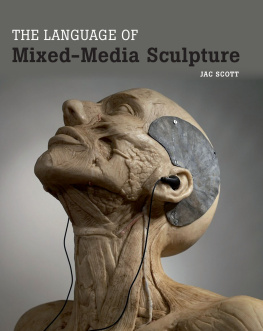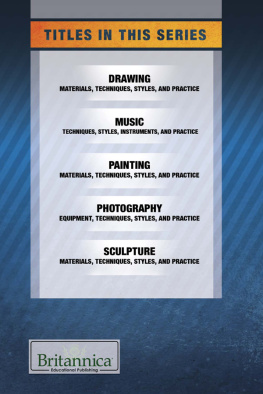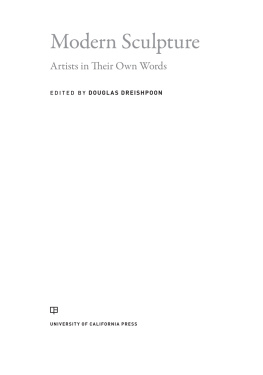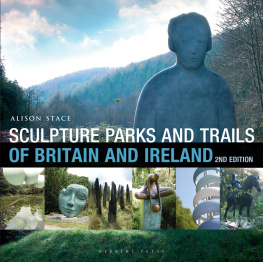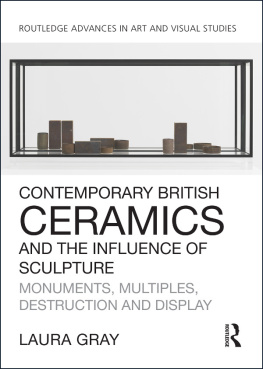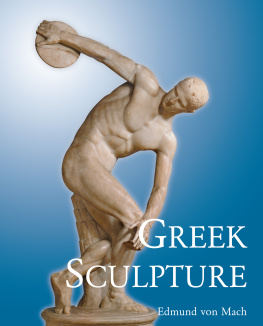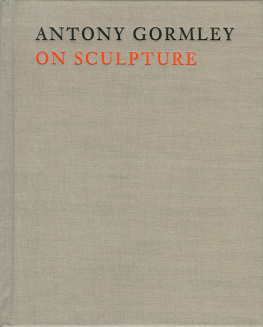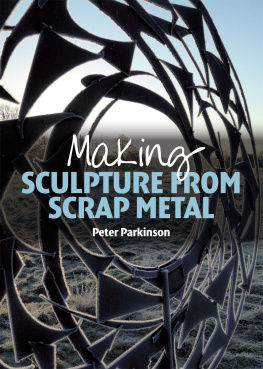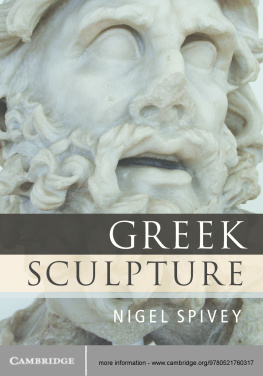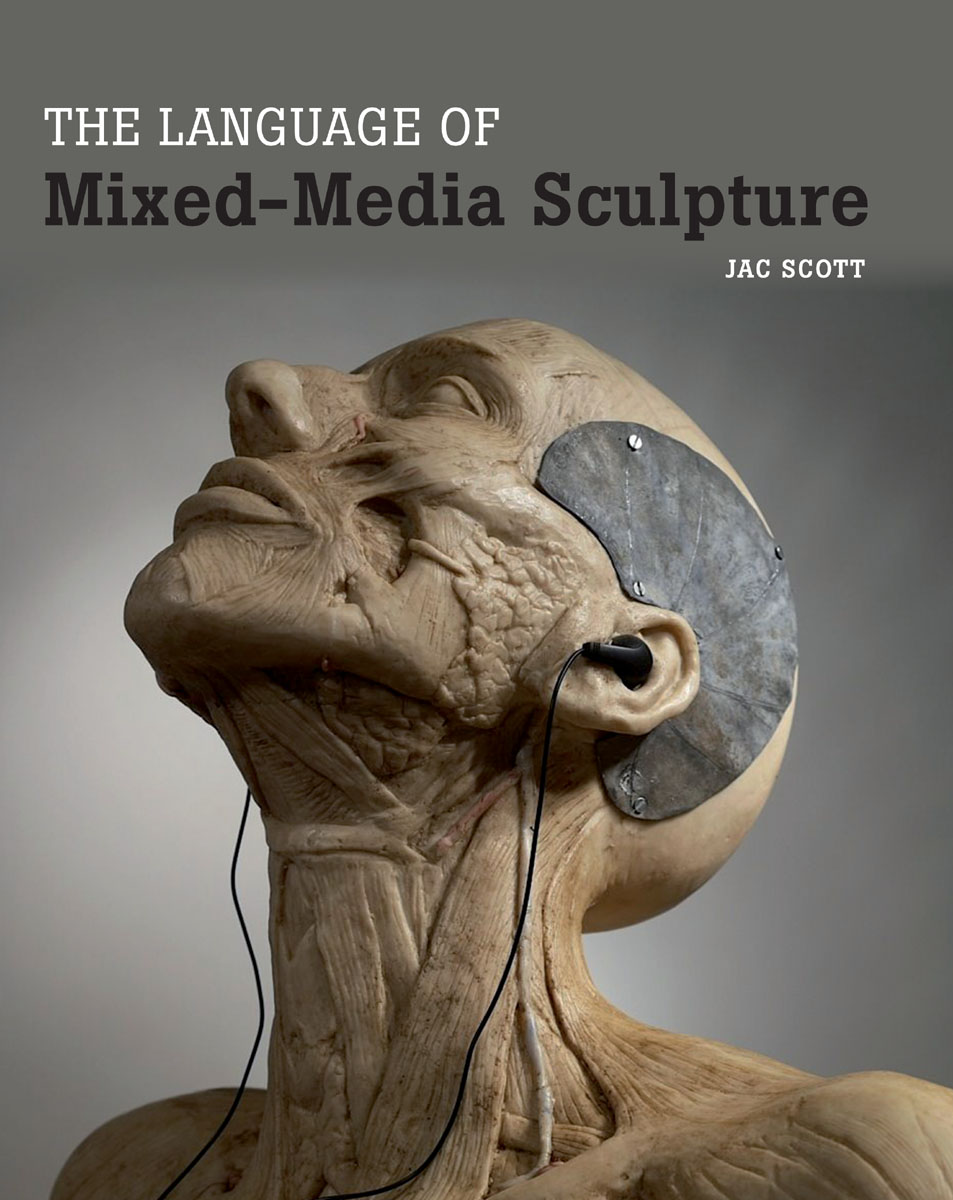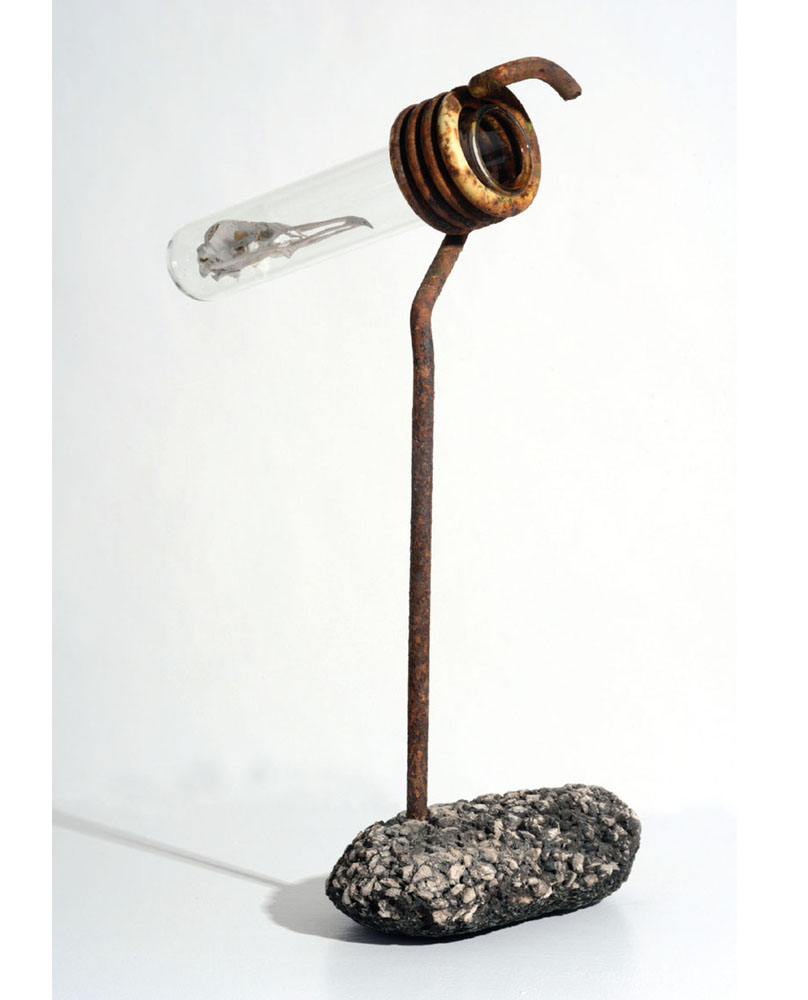
THE LANGUAGE OF
Mixed-Media Sculpture
JAC SCOTT

THE CROWOOD PRESS
First published in 2014 by
The Crowood Press Ltd
Ramsbury, Marlborough
Wiltshire SN8 2HR
www.crowood.com
This e-book first published in 2014
Jac Scott 2014
All rights reserved. No part of this publication may be reproduced or transmitted in any form or by any means, electronic or mechanical, including photocopy, recording, or any information storage and retrieval system, without permission in writing from the publishers.
British Library Cataloguing-in-Publication Data
A catalogue record for this book is available from the British Library.
ISBN 978 1 84797 722 9
FRONTISPIECE: Bio Myopia, 2013, Jac Scott. Found road tar, discarded metal rod, glass test tube, seabird skull. 38 23 19 cm. (Photo: Rob Fraser)
DEDICATION
To Luke and Tom, my best creations.
ACKNOWLEDGEMENTS
This book has only been possible because of the immense generosity of the featured sculptors. I am particularly indebted to them for contributing inspirational imagery, personal logs and technical information that has made this book an insightful and informative study. Lastly, I appreciate that each had the faith in me to profile their work in a sensitive and sympathetic manner.
A thank you must also go to my husband, Michael Slaney, whose untiring support for my practice continues to sustain me.
CONTENTS

PREFACE
Since writing my last book about sculpture, Textile Perspectives in Mixed-Media Sculpture in 2003, my practice, like that of many artists, has significantly evolved. At that time, I was emerging from a world with an amorphous soft/hard dichotomy that steered my path resolutely towards sculpture, rather than remaining in what was, for me, the confines of the label of textile artist. As a member of the Royal British Society of Sculptors for many years now I revel in witnessing first hand the many talents and skills of a myriad of sculptors from across the world. It feels a good time to celebrate and what better way than to immerse myself in research about sculpture, finding new artists who excite me and then sharing this with kindred spirits I hope you enjoy the adventure.
This book is not about teaching someone how to make art I do not believe you can. Yes, it has some practical chapters, providing information regarding processes and techniques that you may find useful, but its main aim is to profile outstanding sculptors at the vanguard of the discipline, who may inspire others.
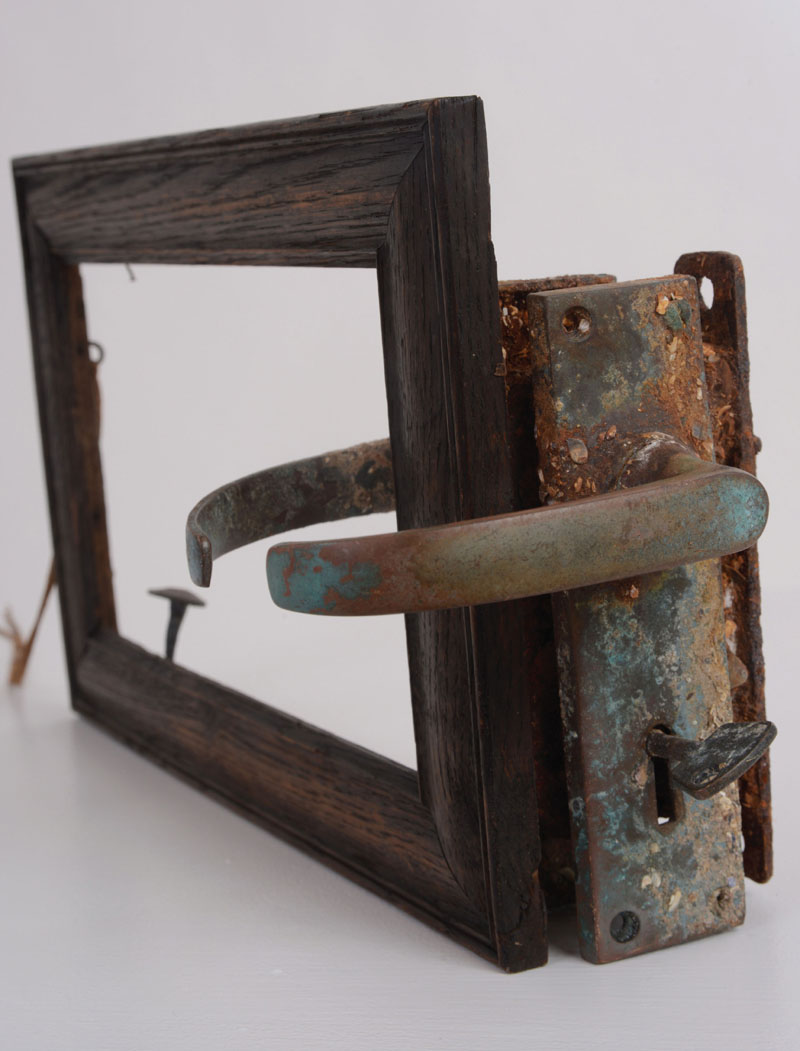
Atomic Equilibrium, 2013, Jac Scott. Old wooden picture frame, found discarded door lock, hand forged nail. 20 36 16cm. (Photo: Rob Fraser)
CHAPTER 1

A DOOR AJAR
If a painting is a movie running on a screen, a sculpture is a drama playing on a stage. Sculpture gives an audience and the artist more directions to evaluate. The audience can go inside a sculpture or come out of it to look at it. The artists message is a key for the audience to open their own door to experience the sculpture in 360 degrees. Sometimes, the audience will become part of a sculpture or participate in it. There is no limitation of the imagination of what a sculpture means to each individual audience. Sometimes, the imagination can pass through the timeline to see the elements from a different time or space.
Gong Yuebin in conversation with the author, 2013
The Language of Mixed-Media Sculpture is both a global survey and a celebration of contemporary approaches to the discipline in all its expanded forms. Sculpture in the twenty-first century does not just include something solid and static but rather a fluid interaction in time and space. Sculpture is sometimes used as a generic term for any 3D art, obviously this carries a large remit with it and it is not the scope of this book to try and define exactly what sculpture is that would confine it unnecessarily. For the purposes of expediency, sculpture in this book will include object-making, works with ephemera such as light, air and sound, installation art and performance art where the fulcrum is an object. The material palette is unlimited the essence here is that there must be more than one material used for it to qualify for consideration as mixed media. Expect to see the unexpected: gelatine and steel, charred trees and chains, soap and water, rat skins and silk-worm cocoons, cow dung and mirrors, sweets and wire, alum and light and many more combinations that tantalise and intrigue.
There is not the space to be all-inclusive, instead I have selected artists and their artworks from all over the world to act as a showcase to highlight the exciting developments taking place now in contemporary art. The Language of Mixed-Media Sculpture is intended as a toast to contemporary art that conveys the pulse and the spirit of mixed-media work created in three dimensions it is not intended as a critique. The sculptors have all been selected to reflect a global perspective at the vanguard of todays professional practitioners. Chosen for their innovative, and sometimes revolutionary, approach towards concept and materials, the book showcases some of their creative journeys, the practical processes they adopt and the dynamic final outcomes.
This book will not include the extensive history and influences behind the development of mixed-media sculpture there are multiple readings of that already available. Instead its main aim is to focus on the richly conceptual practices of contemporary practitioners and how through sculpture they see the world. I have written this book from a sculptors viewpoint, not as a critic, nor curator, but instead from a perspective of comradeship and respect, to bring to the fore artists who have something worthwhile to expound. Many sculptors will be discussed but I have chosen twenty-eight exemplary artists to highlight each has been generous and trusting in revealing their artistic practices to me.
There is no doctrine to press here and it should be recognised that many of the artists work across platforms and media and that this book is not intended to limit any of them by association. It is a celebration of three-dimensional art in all its glory and weird manifestations, to inspire, inform and enjoy.
, Strategies for Being, illuminates the artistic travelogue of nine selected sculptors. It is intended, through illustration, to reflect the many different journeys sculptors can take and how their influences are as diverse as their art. Strategies for Being does not present a biographical record of the sculptors, but instead there are selected extracts, written by the artists themselves, that reveal key facets of their creative make up, background and process.
A Space for Becoming focuses on the notion of the expansive body in sculpture. For over 60,000 years we have been moulding our likeness in a wide range of materials creating narcissistic forms that aim to unravel the complexities of the human condition. The evolution of dismembering the body will be considered from Auguste Rodin to Ron Mueck with Eliza Bennett, Andrea Hasler and Pascale Pollier providing insight into their practices. The employment of wax in depicting the realistic figure, and of alginate in casting body parts, will be discussed with useful guidelines included. Developed from this is the embracing of all material matter to mirror the figure in sculpture and the role of assemblage, and the influence of the Surrealists.

